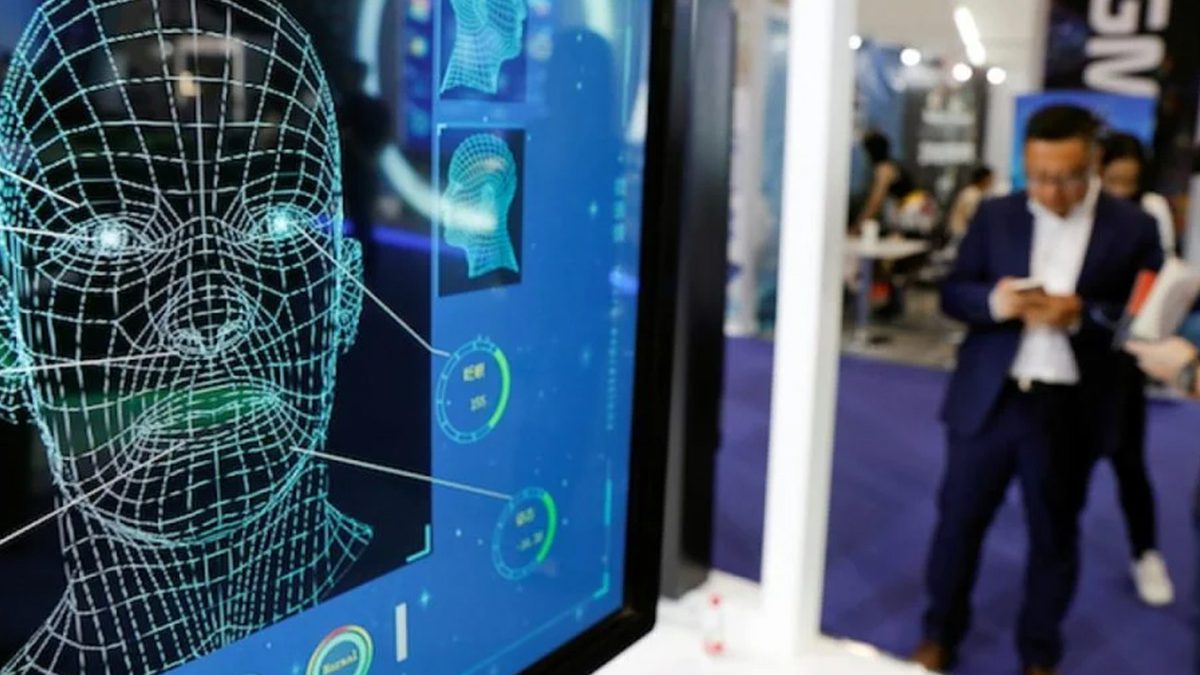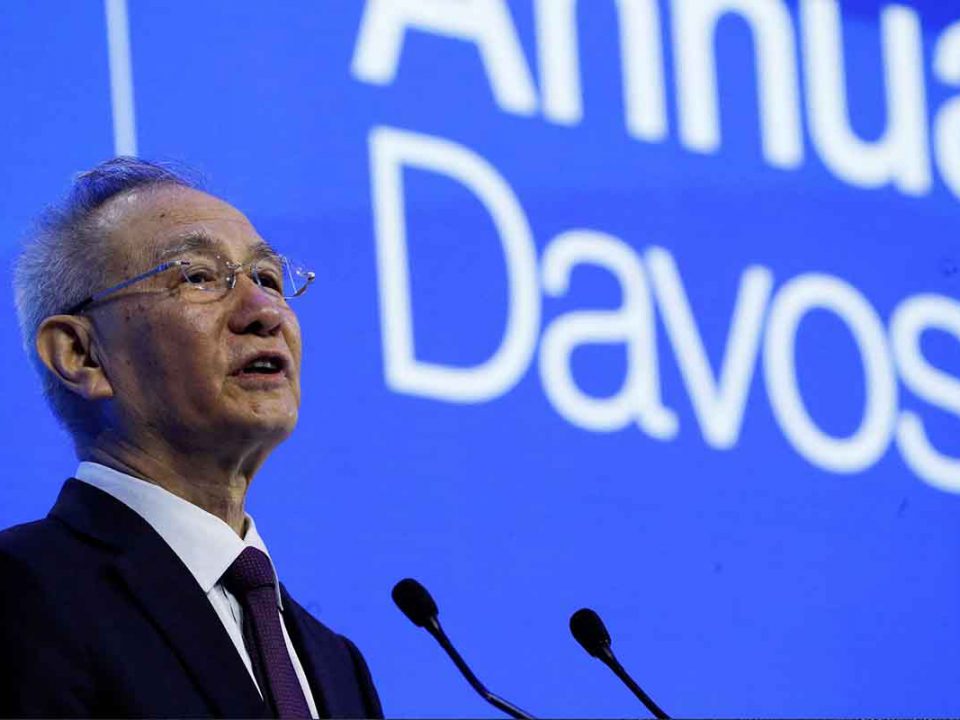A Comparative Study of China and India’s AI Policy

Cautious over Financial Instability, The RBI approves Surplus Transfer of Funds to the Government
September 6, 2019
Tea Industry in West Bengal
September 10, 2019The output of human civilization has so far been primarily driven by human intelligence and when machine intelligence combines with human intelligence, the sky is the limit. Artificial Intelligence has gained significant disruptive power over the last two decades. The 4th Industrial Revolution (Industry 4.0) pioneered by AI implementation shall be the differentiating factor for economies to establish prowess in today’s connected world. Established enterprises, start-ups, and even non-profit organizations continue to develop solutions with the help of government initiatives, fostering growth in AI implementation in diverse fields.
Countries across the world are becoming increasingly aware of the potential economic and social benefits of AI development and the AI+X mechanism – the concept of choosing a process and its synchronization with AI.
The two biggest countries of Asia – China and India, boast of a strong AI talent pool and enterprises and institutions that continue to strive for advanced research and innovation. The increased leverage of AI in both these economies will see major disruptions not only in defense and manufacturing but also in social welfare and communication. Comprehending AI’s transformative potential, the bureaucracy has stepped up and formulated policies to govern and to incentivize AI-based implementation for a competitive global advantage in the crucial sectors. A comparative study shall help us evaluate our strategic positioning and understand where organizations can make further impact in an AI-driven economy. Here, we highlight the key aspects of the official AI policy reports of these two countries.

China’s Artificial Intelligence Development Plan, 2017
Chinese enterprises and institutions have made substantial progress in highly recognized AI research, and the government, recognizing its potential to propel China’s global dominance, has realized the urgency for legislative simplifications, infrastructure support, and grooming and retaining top AI talent. Thus, in July 2017, the State Council of China released a comprehensive AI policy report: ‘Artificial Intelligence Development Plan’ to develop the roadmap for AI leadership under an ethical and supportive regulatory system and open source collaboration.
The report covers strategic goals divided into three steps. The first step is the setting up of an AI infrastructure at an advanced level as compared to the world by 2020. The second step, which is to be completed in 2025, aims to establish China in the ‘world-leading level’ in AI breakthrough and to establish AI as the primary driving force behind China’s industrial transformation with the help of a ‘breakthrough’ in artificial intelligence basic theory. The industry scale of core artificial intelligence is estimated to be worth 400 billion yuan and that of the related industries to be higher than 5 trillion yuan. The third step is to achieve global supremacy in AI impact and be the ‘innovation center of the world’.
China plans to adhere to the ‘Three in One’ approach of promotion of R&D in the field of artificial intelligence, product and application development, and industry development and training to maximize productivity as well as enhance societal welfare. Artificial intelligence shall be used as the key driver to protect and safeguard national security.
The country is also focussing on interdisciplinary exploratory research to promote integration with diverse fields such as neuroscience, quantum science, psychology, mathematics, and sociology. To enhance China’s competitiveness, ‘open, stable and mature’ technology systems shall be developed in the form of algorithms, hardware, and the data. The system development shall have the potential to address multiple issues and yet be reconfigurable, energy-efficient and also possess a high learning ability. Extensive research and China’s AI ambitious goals shall be established through the construction of innovation platforms to invite and to expedite top research projects that will focus primarily on smart robots, intelligent vehicles, virtual reality, smart terminals and a new generation of Internet of Things (IoT). Cultivation of a high level of talent to build robust infrastructure shall be achieved via specialized channels such as revision of enterprise human cost accounting policies, cross-integration of AI training with professional education and incentivizing top-notch research work to encourage productive output.
National Strategy for AI discussion, NITI Aayog, 2018
India showcases a promising scenario, thanks to its strong talent pool, a notable list of world-class educational institutions and companies that are dominating the global IT landscape. However, India couldn’t achieve global recognition primarily due to the lack of top-notch research in AI at a significant scale. So, NITI Aayog has stepped up for the formulation of a comprehensive AI strategy with a core focus on infrastructure development and holistic collaboration. It aims for an #AIforAll campaign where AI shall also be used for social inclusion and not just for defense, military, and advanced computing applications. In an ‘AI+X mechanism’, where AI is an enabler for increased productivity and efficiency rather than a complete overhaul, the key focus areas for AI intervention shall be healthcare, agriculture, education, smart cities and infrastructure, smart mobility and transportation. The key challenges identified in these sectors include among others a low intensity of AI research, insufficient talent to research and to implement AI at scale, high resource cost, ambiguous privacy issues, and unattractive intellectual property regime to incentivize adoption.
The report provides more than 30 policy recommendations to develop a two-tiered strategy, which is aimed at improving the research ecosystem as well as developing skilling initiatives to feed the ecosystem. Initially, the ‘Centres of Research Excellence’ (CORE) shall enhance quality research and publications focussing on AI. Investment, both domestic and foreign, shall be made to develop a state of the art infrastructure in liaison with the concept of an ‘AI garage’. Just like the strategy of the Centre for Data Ethics and Innovation in the UK for implementing ethical research, the COREs shall be monitored by a consortium of Ethical Councils that shall define the standard practices, based on OpenAI charter, for the development of AI-based research and products.
The fundamental research activities shall be the feeder for the ‘International Centres for Transformational Artificial Intelligence’ or ICTAIs. They shall focus on investing, developing and accelerating AI-based applications, majorly in the domain of societal importance. It shall be a public-private partnership with a seed funding in the range of INR 200 – 500 Crore per ICTAI, to cover the operational expenses and infrastructure CapEx for the first 5 years. These institutions shall comprise of a strong governance board, comprising of leadership from both industry and academia and may allow a reasonable say in the board for an industry partner with a significant contribution. The ICTAIs shall be strategically located and preferably close to academic institutes to hire top-notch talent. National AI fellowships can be availed if finances are a constraint for talent attraction.
The policy also speaks about developing AI talent at the grassroot levels by introducing AI modules in the mainstream curriculum and incentivizing the development of MOOCs and open-sourced learning forums. Besides this, the development of a National AI Marketplace (NAIM) has been proposed in three different modules to minimize resource allocation for model development.
Overall, the strategy has been to develop India as a ‘playground’ for global AI development so that global enterprises or institutions can develop breakthrough and scalable solutions here. These solutions are expected to be capable of solving problems for both developed and emerging economies. It indicates that ‘Solve for India’ is claimed to be solved for 40% or more for the world.
Conclusion
The above discussion clearly reflects how the two countries have formulated their AI strategy with two different perspectives. China is clearly gearing up for a global supremacy with a totalitarian regime and wants to develop a state-of-the-art AI infrastructure in isolation.
On the other hand, India aspires to be the global AI lab for emerging economies. China plans to invest billions of dollars not only in AI but also in related industries to build up a robust infrastructure for AI proliferation. The ability to develop and maintain database for training models and ease of its accessibility hold tremendous competitive advantage for China, an area India must look upon. Planned investment by the Indian government is proportionately smaller but inviting FDI, highlighting low operational costs and collaborative research, can open doors to significant fund flow. ‘AI+X’startups and enterprises must have access to global VC funds and regulatory simplifications should be deployed for companies going beyond borders to solve problems. The new investment on COREs shall benefit India’s highly cited research output and improve its H-index, but similar to China’s strategy, incentivization of top talent to reduce brain drain needs a long-term plan. In short, there is little doubt that by leveraging globalization and unparalleled infrastructure, these two nations – India and China – will emerge as the future AI labs of the globe.
– Rajarshi Chowdhury




